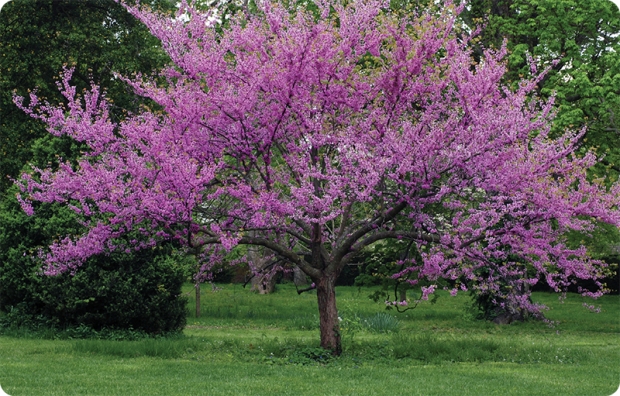Pros and Cons of Redbud Trees
Redbud trees, known for their stunning spring blooms and graceful foliage, are a favorite among gardeners and nature enthusiasts alike. Understanding the pros and cons of planting these beautiful trees can help you make an informed decision about whether they’re the right choice for your landscape.
Pros of Redbud Trees
1. Aesthetic Appeal
Redbud trees are celebrated for their breathtaking beauty, especially in the spring when they burst into a riot of pink or purple blossoms. Their vibrant colors add a touch of elegance and charm to any garden or yard.
2. Versatility
One of the significant advantages of redbud trees is their versatility. They thrive in various soil types and can adapt to different environmental conditions, making them suitable for a wide range of landscapes.
3. Wildlife Attraction
Redbud trees play a vital role in supporting local wildlife. Their flowers attract pollinators like bees and butterflies, while their seeds provide a food source for birds and small mammals, enhancing biodiversity in your backyard.
4. Low Maintenance
Unlike some other ornamental trees, redbuds require minimal maintenance once established. They are relatively drought-tolerant and resistant to pests and diseases, reducing the need for frequent interventions.
5. Shade Provider
As they mature, redbud trees develop a broad canopy that provides ample shade during the hot summer months. This shade not only offers relief from the sun but also helps protect delicate plants underneath.
Related Posts:
Cons of Redbud Trees
1. Shallow Root System
Despite their many benefits, redbud trees have shallow root systems that can be invasive. These roots may compete with nearby plants for water and nutrients, potentially causing damage to sidewalks, driveways, and underground utilities.
2. Short Blooming Period
While the spring blooms of redbud trees are undeniably stunning, they have a relatively short-lived appearance. After a few weeks, the flowers fade, leaving the tree with less visual appeal for the rest of the growing season.
3. Susceptibility to Disease
Although generally hardy, redbud trees are susceptible to certain diseases, such as verticillium wilt and canker diseases. Proper care and maintenance, including regular pruning and monitoring for signs of infection, can help mitigate these risks.
4. Limited Ornamental Value in Fall and Winter
While redbud trees shine in the spring and summer months, their ornamental value diminishes in the fall and winter. Without the vibrant blooms and lush foliage, they may appear less visually appealing compared to other trees with year-round interest.
5. Potential for Overcrowding
Redbud trees have a tendency to self-seed and can multiply rapidly under favorable conditions. Without proper management, this can lead to overcrowding in your landscape, requiring regular thinning to maintain a balanced and healthy ecosystem.
Conclusion
In conclusion, redbud trees offer a host of benefits, from their stunning beauty and wildlife attraction to their versatility and low maintenance requirements. However, it’s essential to consider potential drawbacks such as their shallow root system and susceptibility to disease. By weighing the pros and cons carefully, you can determine whether redbud trees are the right choice for enhancing the beauty and biodiversity of your outdoor space.




